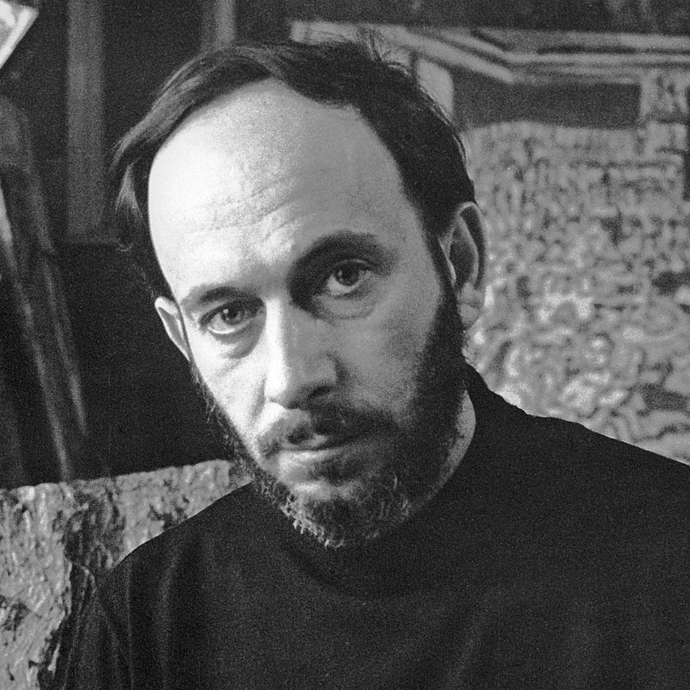
Leon Kossoff
Leon Kossoff is renowned for his realistic and, at times, somber portrayal of everyday scenes, individuals, and places. His meticulous approach, dedication, and high level of craftsmanship firmly establish him as a distinguished British artist of the 20th century.
Biography of Leon Kossoff
Leon Kossoff was born in 1926 in Islington, London. His educational journey began in 1938 at Hackney Downs School in London. However, due to evacuation during World War II, he temporarily relocated to King's Lynn, Norfolk. There, under the care of Mr. and Mrs. R.C. Bishop, his passion for art was nurtured. Upon returning to London in 1943, he pursued studies in commercial art at the Saint Martin's School of Art and engaged in evening drawing classes at Toynbee Hall.
After his studies, Kossoff joined the Royal Fusiliers and became a part of the 2nd Battalion Jewish Brigade. He served in Italy, Holland, Belgium, and Germany. Resuming his artistic pursuits in 1949, he reenrolled at the Saint Martin's School of Art and attended specialized classes with David Bomberg at Borough Polytechnic from 1950 to 1952. His studio was initially located in Mornington Crescent until 1953, after which he moved to Bethnal Green, where he resided until 1961.
From 1953 to 1956, Kossoff continued his education at the Royal College of Art. Subsequently, he became affiliated with Helen Lessore's Beaux Arts Gallery on Bruton Place, London. Additionally, he generously shared his expertise by teaching at Regent Street Polytechnic, the Chelsea School of Art, and the Saint Martin's School of Art, all located in London.
During this period, Frank Auerbach, Kossoff's contemporary, notably influenced him. Both artists explored similar themes and employed thick impasto in their paintings. Kossoff's habit of spending time at the National Gallery before it opened to the public, where he studied old masters, shaped his artistic approach. His focus extended beyond figuration to encompass cityscapes, particularly his native London area, which he manifested in both drawings and paintings.
The artist's influence on emerging artists was substantial, owing to his role as a lecturer spanning several decades. His creations are featured in various public and private collections, and his contributions were recognized with the title of Commander of the Most Excellent Order of the British Empire. While he maintained a consistent exhibition schedule, significant retrospectives of his work took place at the National Gallery (London) in 2007 and in a global traveling exhibition dedicated to his urban landscapes in 2013-2014.
Leon Kossoff avoided granting interviews and even refrained from displaying his own image in promotional materials. His modesty extended to declining a CBE medal as an official acknowledgment of his career. Despite a more sporadic frequency in his creative endeavors, he persisted in crafting and presenting his artwork on both domestic and international stages until his passing in 2019.
Leon Kossoff's Art Style
Amidst the dominance of Conceptualism and Minimalism in the contemporary art scene, Kossoff emerged as part of a group of radical figurative painters known as 'The School of London.' Within this collective, each artist approached their craft uniquely. The artist's distinctive contribution was his rich impasto technique, which one critic likened to "icing on a cake." This technique imparts a tactile quality to his works, causing his images to almost materialize physically. His paintings invite viewers to contemplate not only the imagery but also the tangible texture and application of the paint itself.
Kossoff took pride in his identity as a Londoner. His cityscapes primarily centered around the post-war city scarred by the blitz and marked by dusty construction sites. Alongside these urban depictions, he created a series of portraits, often featuring family and close friends. These portraits bore the hallmark of Kossoff's artistic style—expressive and tactile.
Years:
Born in 1926
Country:
United Kingdom, Islington, London
Gallery: